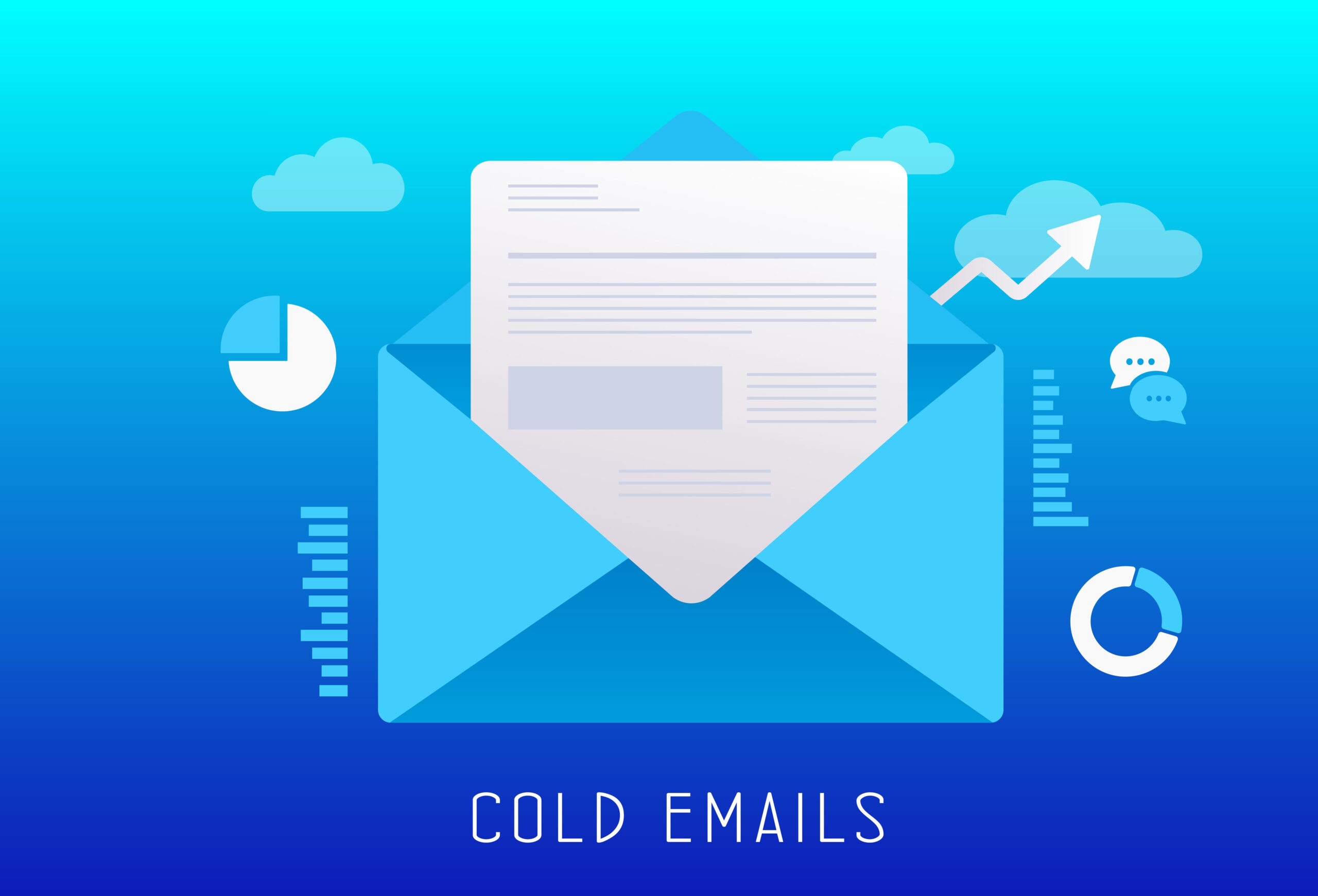
Other businesses have already gotten in touch with the candidates your company wants to hire, and many of them are being deluged by other recruitment teams. Additionally, 63% of job searchers reject offers following a negative recruitment experience, making it even more crucial for your recruiting communications to engage and develop talent.
Your recruiting team can begin optimizing its recruitment email campaigns with the appropriate strategy in order to nurture and convert the top applicants from the talent pool.
For this reason, we’ve compiled 12 crucial pointers your team can employ, beginning with the next email you send about hiring.
Why should you email-nurture candidates?
A persuasive recruitment email draws the candidate in and captivates his interest. But developing a relationship with a candidate takes time and effort.
Writing effective recruiting emails is therefore a crucial element in the hiring process, particularly when you involve applicants in your recruitment funnel.
Making sure that your communications and messaging are distinctive enough to stand out and inspire a response from the best talent you’ve scouted is the most difficult phase in this process. You can accomplish this using our top 12 suggestions.
1. Define your target audience.
Prior to hiring someone, you must first understand the applicants and create your own pipeline of excellent potential. Otherwise, instead of standing out among the recruitment noise around you, your efforts will just add to it.
It’s a good idea to keep your audience in mind while sending recruitment emails. Who are you attempting to contact? What is the extent of their expertise? What are their inclinations and needs?
You may compose emails that stand out by being more specific and successful by taking the time to define your audience.
2. Create a repeatable, customizable message.
Most recruitment cold emails are notorious for being cookie-cutter, template-based messages where few parameters change other than the candidate’s name and the name or title of the recruiter who sends them. You will need a template that you can duplicate and customize so that your messages are unique, relevant, and personalized.
Don’t use the email outline as a generic template. Instead, use it as a starting point that you and your fellow recruiters can customize and personalize the outreach with structure. This will help ensure that the outreach matches the tone and voice of your company while hitting all of your outreach targets.
3. Write short and to the point.
The best recruitment emails are those that are short and to the point. You want to make sure that your email can be easily read and understood by the recipient without being too long or drawn out. Keep your message clear and concise, and avoid using too many technical terms or jargon. Instead, focus on establishing a personal connection with the reader and conveying key points in a way that is easy for them to understand.
4. Create a compelling subject line for your email to get more opens (and replies).
Without the proper subject line, your email could not even be opened even though it contains the next great novel.
This is due to the fact that among the numerous other messages in the recipient’s inbox, the subject line is crucial for attracting their attention.
5. Cut to the chase.
You must get to the point in order to produce recruitment emails that convert well. Since the majority of recruiting emails are generated automatically using templates or third-party software, they can be lacking crucial details that candidates need to decide whether to reply to your message or not. Introduce yourself and your business first, and then describe your motivation for contacting them.
6. Personalize your messages (every time).
You ought to know enough about the candidate from your analysis to be able to tailor your message to them. Given how many recruiters may email top applicants, this step is essential. The candidate will be more likely to have a positive recruiting experience with your organization when you demonstrate that you understand who they are and have taken the effort to adapt your communication to them. This helps to reinforce your employer brand.
7. Make sure your writing is clear and straightforward to grasp.
It’s crucial to utilize language that is simple and straightforward because the overly complex language may turn away potential prospects. If in doubt, choose simple.
8. Use active language.
Your email will sound more interesting and personable when written in an active voice. As opposed to “There’s a new opportunity that I think you might be interested in,” it sounds better to say, “I’m excited to tell you about a new opportunity.”
9. Keep your wording straightforward and concise.
Recruiters frequently seek out applicants with excellent communication skills. Avoid employing technical or jargon terminology that the reader might not understand.
10. Always use a clear CTA.
Keep in mind that when you call a prospect on the phone, it’s likely that they have no idea who you are, what your firm does, or why you’re recruiting.
Recruitment emails that lack a clear call to action or conclusion may be unclear or ambiguous. A CTA in an email is used to encourage recipients to take action by learning more. However, asking the candidate to do too much is where recruitment emails frequently fall short. Only include one call to action.
Only include one call to action.
11. Put your email signature to use.
You already know as a recruiter how beneficial it may be to provide candidates with the most pertinent details about you and your business.
A long email introduction is not the ideal answer, though. Look at your email signature instead. Your signature serves as a kind of calling card. It’s a significant feature, but more importantly, it gives you the chance to briefly describe your employer’s brand and organization. To provide prospects with the option to learn more about your business, consider including a link to a specific Careers or Information page in your email signature.
12. Use a process for follow-up.
It might be difficult to get a response to a cold email, especially when candidates receive numerous recruitment letters every week.
One email is rarely sufficient to pique a candidate’s interest or elicit a response, though.
Here, a follow-up plan is essential.
Let’s start
cooperating
Send us a message whether you are thinking of a career change, looking for exceptional talent or just would like to meet for a coffee and chat.
Related Posts
How to Choose the Best IT Recruiting Firm: Key Success Factors for 2024
In 2024, the IT industry is no longer a bidding paradise, but the demand for…
Women in Tech Statistics in 2024: Trends, Gaps, and Challenges
The tech industry is evolving, with recent data shedding light on the role of women…
Challenges in recruiting Women for Tech roles
Recruiting women, particularly in certain industries and roles, presents a unique set of challenges. These…
Empowering Women in Tech: Key Initiatives in Poland
The tech industry in Poland is witnessing a dynamic shift towards inclusivity and diversity, driven…



